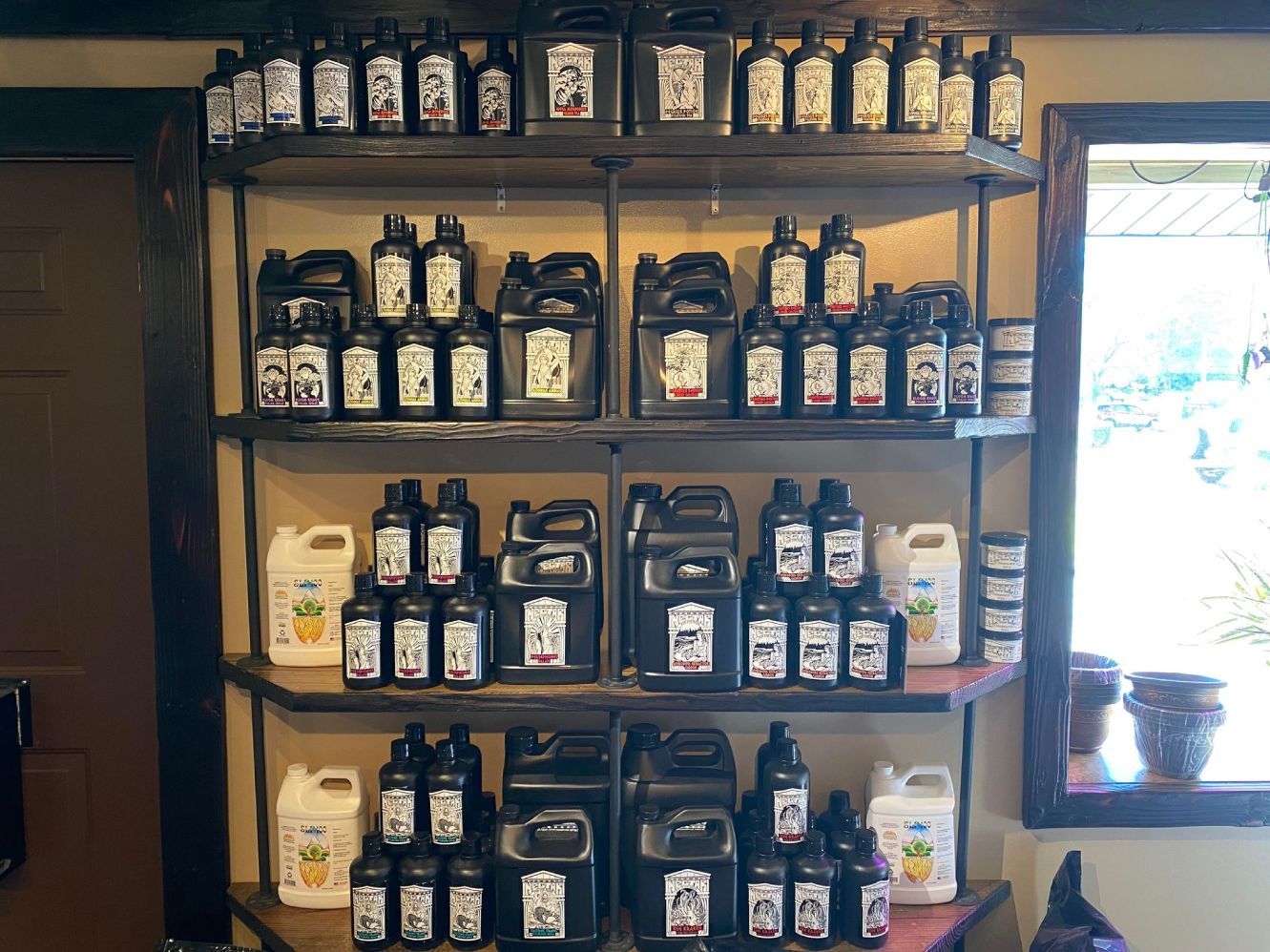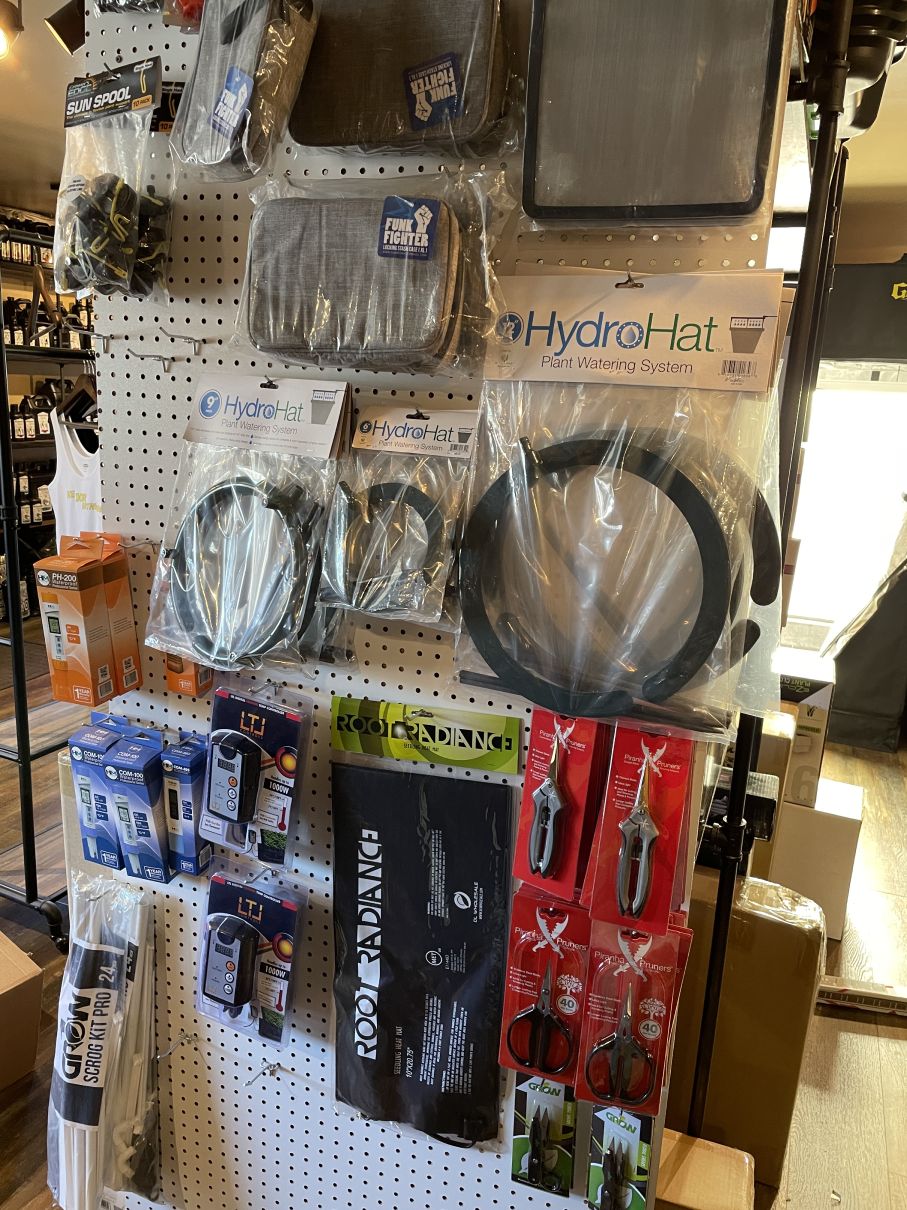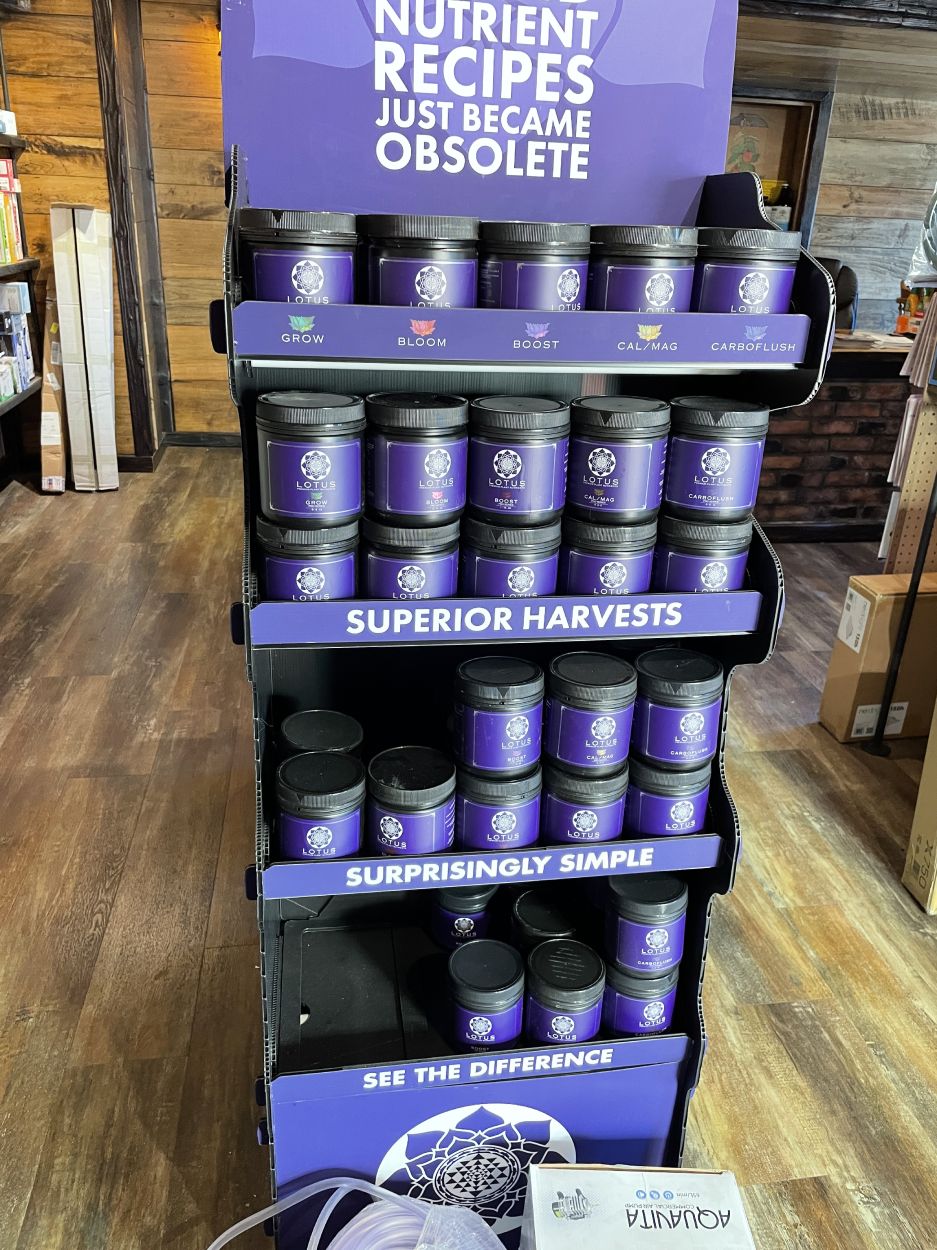Attain Gardening Success with The Indoor Earthworm's Planting Process
Attain Gardening Success with The Indoor Earthworm's Planting Process
Blog Article
Unlocking the Possible of Hydroponics: Recognizing Its Makes Use Of and Various Kinds
Hydroponics, a technique of cultivating plants without dirt, has garnered enhancing focus for its potential to change agriculture and gardening methods. As we browse via the elaborate landscape of hydroponic systems and techniques, it comes to be obvious that each strategy holds distinctive advantages and restrictions.
Benefits of Hydroponic Systems

One more advantage of hydroponic systems is the ability to grow plants in a smaller space. Hydroponic systems lower the risk of soil-borne diseases and bugs, as there is no soil to harbor these hazards.
Common Utilizes in Agriculture

Provided the effective water conservation and space-saving advantages of hydroponic systems, it appears that these ingenious agricultural techniques have discovered typical uses in different fields of farming. In typical farming, soil-based farming can be labor-intensive and land-consuming. Hydroponics offers a remedy by allowing plants to be expanded without soil, minimizing water usage by approximately 90% compared to traditional farming methods. This makes hydroponics particularly appropriate for areas facing water deficiency or limited cultivable land. In addition, the regulated atmosphere of hydroponic systems allows year-round growing, providing a regular supply of fresh produce no matter outside climate condition.
Hydroponics is generally used for expanding a range of plants, including leafy environment-friendlies, tomatoes, cucumbers, strawberries, natural herbs, and peppers. Additionally, hydroponic systems are used in research study and academic setups to research plant nutrition, growing, and growth methods.
Discovering Various Hydroponic Methods
What are the different cutting-edge methods made use of in hydroponics to enhance plant farming efficiency and yield? Hydroponic systems provide a variety of approaches that deal with different plant kinds and growing goals. One prominent technique is the Deep Water Culture (DWC) system, where plant roots are submerged in a nutrient solution, supplying adequate oxygen and nutrients. One more extensively utilized technique is the Nutrient Movie Technique (NFT), which entails a superficial stream of nutrient remedy moving over the plant origins, promoting water and nutrient uptake. In addition, the Ups and downs system, likewise recognized as the Flood and Drain system, periodically floodings the plant roots with nutrient solution, enabling for oxygenation throughout draining durations. Aeroponics is an additional innovative strategy that includes misting plant roots with a nutrient service, making best use of oxygen absorption and nutrient uptake. Each of these techniques showcases the adaptability and performance of hydroponic systems in boosting crop growth and yield.
Comparing Various Hydroponic Solutions
Discovering the effectiveness and return improvement techniques in hydroponics leads us to contrast various hydroponic systems available for plant farming. Each hydroponic system has its distinct functions, benefits, and restrictions, making it essential for cultivators to select the most ideal system based on their specific requirements and constraints.
One of the most common hydroponic systems is the nutrient movie strategy (NFT), where a thin movie of nutrient solution continually streams over the plant origins. In comparison, the deep water society (DWC) system immerses site web plant roots straight into the nutrient solution, giving ample oxygen and nutrients.
Another preferred hydroponic system is the ups and downs (or flood and drain) system, which occasionally floods the plant roots with nutrient solution before draining it. This cyclic process guarantees appropriate oygenation for the roots while delivering nutrients effectively. Additionally, the aeroponic system puts on hold plant origins airborne and mists them with a nutrient option, promoting quick growth and high oxygenation levels. Growers searching for a flexible system that minimizes water usage frequently select aeroponics. By comprehending the differences between these hydroponic systems, cultivators can make educated decisions to take full advantage of plant return and quality.
Technologies in Hydroponic Modern Technology
With developments in hydroponic modern technology, the farming sector is seeing a shift in the direction of extra lasting and effective farming techniques. Innovations in hydroponic modern technology are transforming the way plants are expanded by making the most of yields, saving sources, and reducing ecological influence. One essential development is the development of clever hydroponic systems that make use of sensors and automation to keep an eye on and adjust ecological problems such as pH levels, nutrient concentrations, and light exposure in real-time. These systems make it possible for specific control over expanding conditions, resulting in optimal plant growth and higher crop yields.
Another remarkable advancement is the combination of vertical farming techniques with hydroponic systems, permitting the growing of plants in stacked layers. This vertical approach optimizes room usage, making it excellent for metropolitan settings where land availability is restricted - The Indoor Earthworm. Furthermore, making use of innovative LED illumination systems customized to details plant requirements has boosted energy performance and enhanced growth rates in hydroponic configurations
Technologies like these are driving the advancement of hydroponics, making it a very eye-catching and sustainable choice for modern-day agriculture.
Verdict
In conclusion, hydroponics offers many benefits in agriculture and has numerous methods and systems that can be used to maximize its possibility. Innovations in hydroponic modern technology proceed to improve performance and sustainability in food manufacturing. By comprehending the usages and different kinds of hydroponic systems, farmers and growers can unlock the complete find this capacity of this ingenious technique of expanding plants without soil.
Additionally, hydroponic systems enable for much better control over nutrient degrees, pH equilibrium, and environmental conditions, leading to much healthier plants and higher next page yields.

Report this page